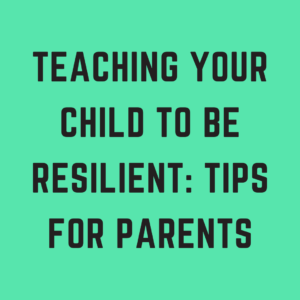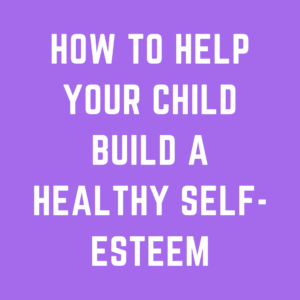Empathy and kindness are essential qualities that help children build positive relationships and navigate social situations.
By teaching your child empathy and kindness, you can help them understand and connect with others and become a caring and compassionate individual.
Here are some tips for parents on how to teach empathy and kindness to children.
Lead by Example
Children learn by observing the behavior of those around them, so it’s essential to lead by example.
Practice empathy and kindness in your interactions with others, including your children. Model behaviors such as active listening, compassion, and generosity.
Teach Perspective-Taking
Empathy requires the ability to understand another person’s perspective. Teach your child to see things from another person’s point of view by asking them to imagine how the other person might feel in a particular situation.
Encourage your child to consider the thoughts and feelings of others and how their actions might impact them.
Practice Active Listening
Active listening is an essential component of empathy. Teach your child to listen attentively to others and respond with care and understanding.
Encourage your child to ask questions and show interest in what others have to say.
Encourage Kindness and Gratitude
Teach your child the importance of kindness and gratitude by modeling these behaviors and encouraging them in your child.
Encourage your child to do small acts of kindness for others, such as holding the door or offering to help someone who is struggling.
Practice gratitude by encouraging your child to appreciate the positive things in their life and expressing gratitude for the kindness of others.
Use Storytelling
Storytelling can be a powerful tool for teaching empathy and kindness to children. Reading books with positive messages about empathy and kindness can help children understand these concepts in a concrete and relatable way.
Use storytelling to teach your child about the value of kindness, the importance of empathy, and how to show compassion for others.
Practice Problem-Solving
Teach your child how to solve problems in a positive and constructive way. Encourage them to think about how they would feel in a particular situation and how they might respond to the feelings of others.
Practice problem-solving with your child by role-playing different scenarios and encouraging them to come up with creative solutions.
Teach Respect and Inclusivity
Teach your child to respect and value all individuals, regardless of their differences. Encourage your child to embrace diversity and inclusivity by exposing them to a range of people and cultures.
Teach your child about the value of treating others with respect and dignity, regardless of their race, gender, or background.
Conclusion
Teaching empathy and kindness to children is a crucial part of their development.
Leading by example, teaching perspective-taking, practicing active listening, encouraging kindness and gratitude, using storytelling, practicing problem-solving, and teaching respect and inclusivity, parents can help their children become caring and compassionate individuals.
Remember, teaching empathy and kindness is an ongoing process that requires patience, practice, and consistency, but it’s well worth the effort.
By helping your child develop these essential qualities, you can help them build positive relationships and become a positive force in the world.






